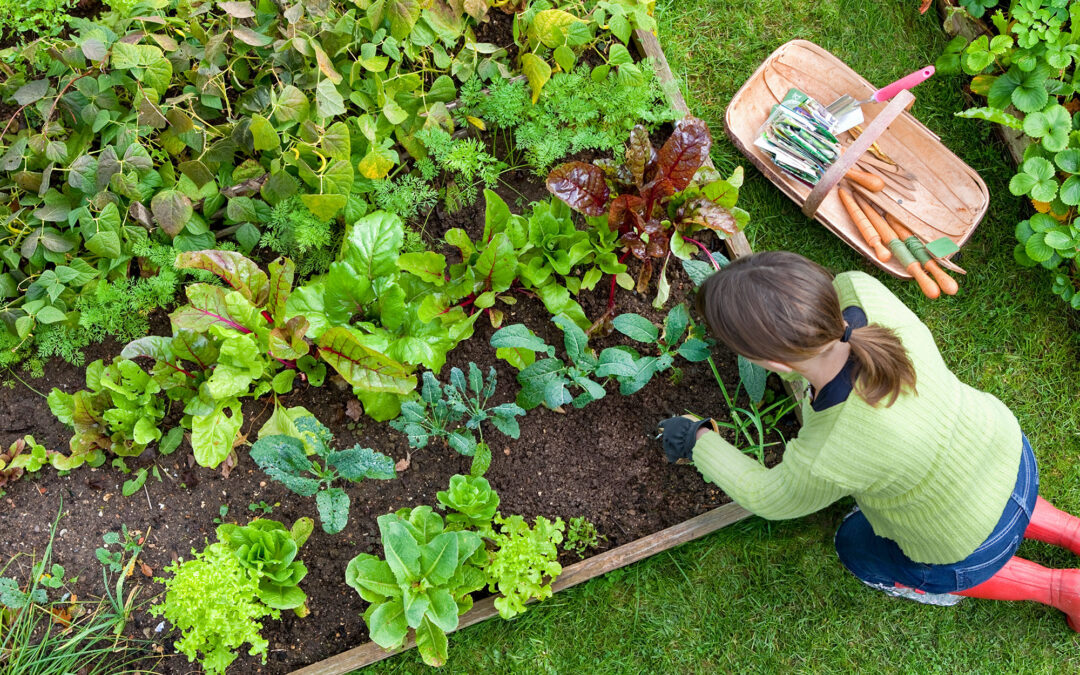A bed frame can be a great addition to any garden or backyard. It not only adds an aesthetic appeal but also provides a raised platform for plants, which can be beneficial for drainage, soil quality, and accessibility. Today, we’ll walk you through how to plant a bed frame, from selecting the right location to choosing the best plants!
1. Selecting the Location:
The first step in planting a bed frame is to choose the right location. The location you choose should receive at least six hours of sunlight each day. It should also be relatively level, and not prone to flooding or standing water. You should also consider the type of soil in the area, as different plants require different types of soil.
2. Preparing the Bed Frame:
Once you have selected the location for your bed frame, it’s time to prepare it. First, you need to measure the bed frame and determine how much soil you need. For a raised bed that is four feet by eight feet and twelve inches deep, you will need about three cubic yards of soil.
Next, you need to remove any grass or weeds that may be growing in the area. You can use a garden spade or a shovel to remove the grass and weeds. Once you have cleared the area, you can add a layer of landscape fabric to prevent any weeds from growing back.
After adding the landscape fabric, you can then add a layer of gravel or small stones to the bottom of the bed frame. This will provide drainage for the soil, which is essential for plant growth.
3. Adding Soil:
Once you have prepared the bed frame, it’s time to add soil. You can use a mixture of topsoil, compost, and organic matter. Mix these materials together in a wheelbarrow or on a tarp to ensure that they are evenly distributed.
Next, add the soil mixture to the bed frame, making sure that it is evenly distributed. You can use a garden rake to level the soil and make sure that it is even.
4. Choosing the Right Plants:
Now that your bed frame is prepared, it’s time to choose the right plants. When selecting plants, you should consider the amount of sunlight that the area receives, the type of soil, and the climate in your area.
If you’re looking to use your plant bed to grow flowers, we recommend planting daffodils, lilies, saffron or sunflowers. for those looking to harvest some vegetables this year, try growing tomatoes, radishes, carrots and turnips!
